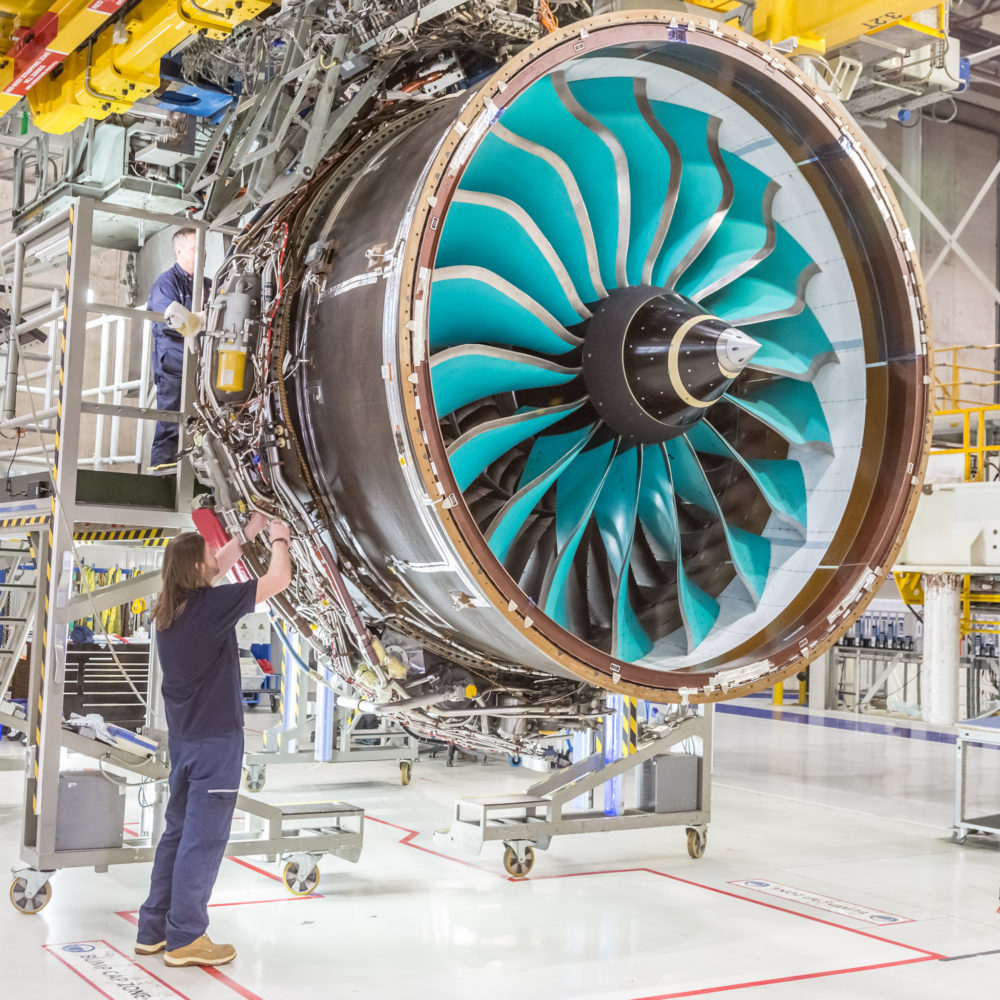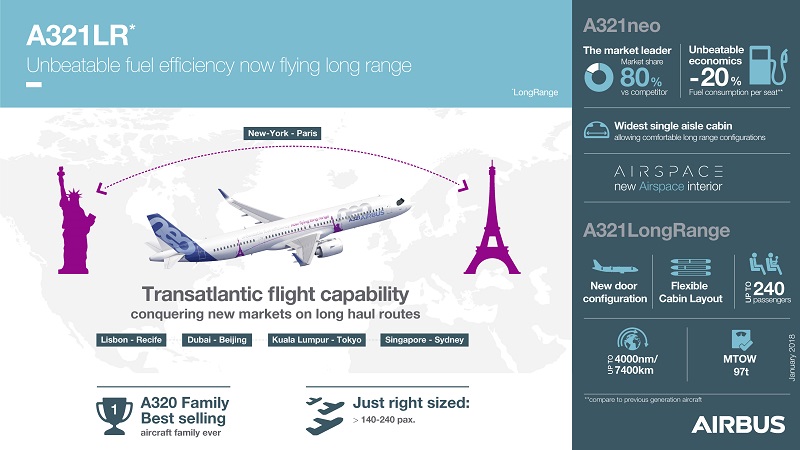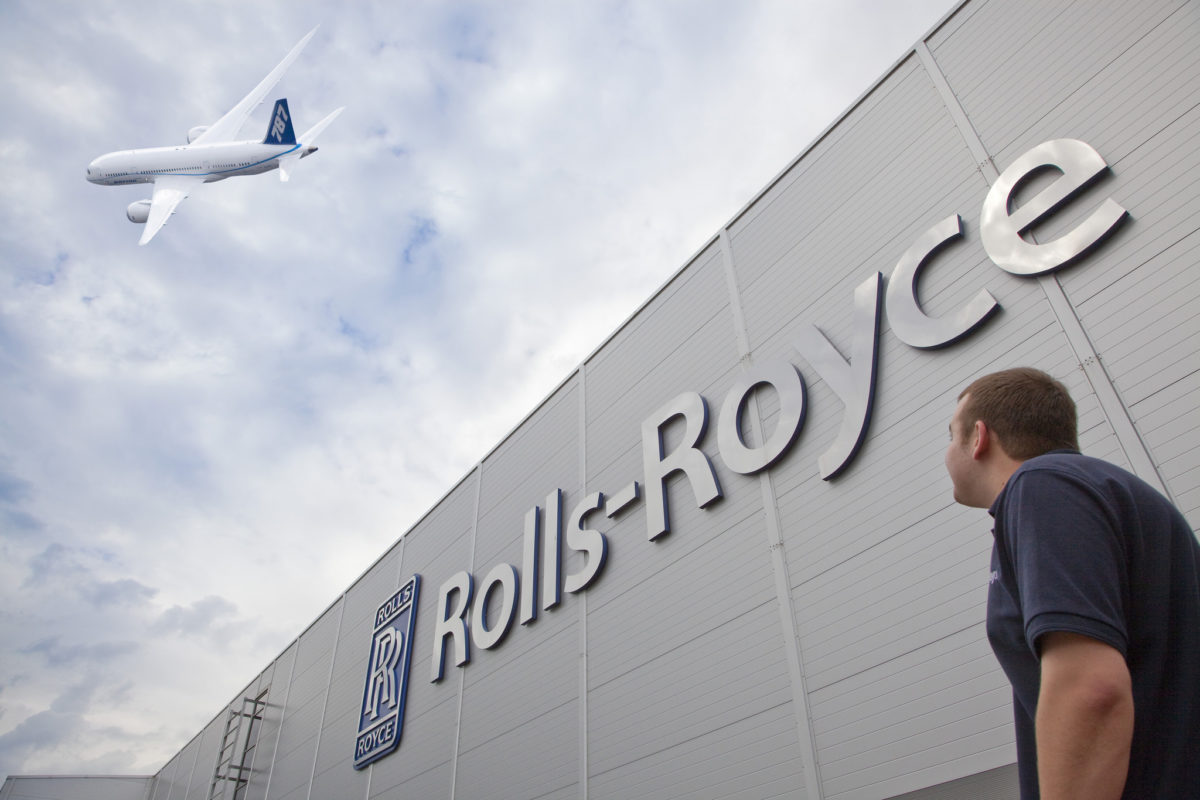Rolls-Royce departs engine competition for new Boeing airplane
Rolls-Royce has announced its decision to depart the fierce engine competition Boeing is holding for their proposed middle of the market – or New Midsize Airplane (NMA) – platform.
The company stresses they could have submitted an engine that would “compliment” the aircraft, however has cited their congested timeline as the deciding factor, with not enough room to fit an engine test schedule and ensure a smooth entry into service.
Rather than rushing the program to meet Boeing’s revised deadlines and spending money on an engine for an aircraft that hasn’t been defined yet, Rolls-Royce will instead prioritize resources for ongoing engine programs, specifically the Trent 1000, 7000, XWB and the new UltraFan engine architecture.
President of Civil Aerospace at Rolls-Royce, Chris Cholerton, said:
“This is the right decision for Rolls-Royce and the best approach for Boeing. Delivering on our promises to customers is vital to us and we do not want to promise to support Boeing’s new platform if we do not have every confidence that we can deliver to their schedule.”
The UltraFan, which is an entirely new architecture for Rolls-Royce engines, was in development well before talks of the new Boeing proposal launched, thus the engine manufacturer has to stick to their existing developments. Being a new engine also means a more rigorous testing campaign has to be conducted, not only confirming the engines capabilities but also to reduce the chances of another Trent 1000 debacle which has grounded many 787 Dreamliners around the world.

With Rolls-Royce out of the game, the competition remains strong with their rival General Electric as well as CFM International and Pratt and Whitney.
Boeing’s proposed NMA is currently a subject that’s being closely monitored in the aviation industry as the company has to decide on a business case fairly quickly while also remaining competitive. The company has already stated the aircraft would not feature any ground breaking technologies in it, however is open to submitting something better than Airbus’ A320neo Family developments.

Ultimately, Boeing wants to have an aircraft to fill the gap between narrowbody and widebody aircraft and have it flying by 2025.
To counter Boeing’s moves, Airbus has been pushing their A321LR and A330neo combination as well as recently penciling orders for a further development dubbed the A321XLR.

Whether or not any of the companies launch something big, the fact is many airlines want it. Delta is already wanting to be the launch customer of whatever Boeing is working on and the other mainline airlines in America are also listening closely.
Qantas, who is working to select a domestic fleet replacement, has also mentioned the NMA project, stating it could do a lot of what some of their widebody and narrowbody aircraft can do on particular routes that are a little lengthy for smaller aircraft but too short for larger aircraft.
An announcement is rumored to be made at the 2019 Paris Air Show, where they’ll state whether they’re committed to the aircraft or not.


